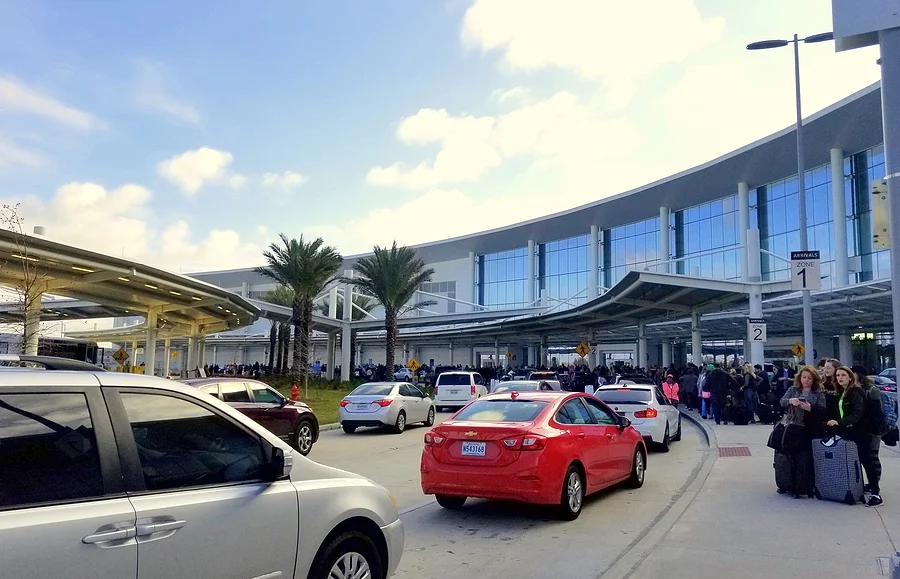North Dakota Rideshare Accident Attorneys
Explaining the Ridesharing Business Model
Ridesharing accidents are much more complicated than regular car accidents, as the Uber or Lyft driver not only has their own insurance. Instead, there’s a second step of drivers getting insurance from their employer. Ridesharing drivers who work for Uber and Lyft, two popular ridesharing companies available all over the United States, must use their own vehicles to transport riders wherever they want to go. Unlike taxi drivers, ridesharing drivers aren’t required to have their own commercial driver’s license or commercial auto insurance.
Uber and Lyft drivers must meet a few different conditions. They must be at least 21, have at least one year of driving experience if they’re 23 or over, or three years of driving experience if they’re under 23. The driver must have an active US driver’s license, an eligible four-door vehicle, and proof of registration and vehicle insurance.
Are Ridesharing Accidents Common?
How Does Ridesharing Differ from Taxi Service?

Ridesharing and Taxi Service are much different at their cores. While they both offer rides around town, the way that they go about it is much different. With taxis, they frequently just drive around the city looking for people to pick up. You can get a taxi this way, but usually only if you live in a bigger city like NYC or LA. In smaller cities and towns that have taxi services, you may need to call to get a ride.
With ridesharing, they mastered ease of use. All you have to do is download a phone application, put in your address, and request a ride. It’s really simple, and it tells you approximately how long you’ll have to wait, what the cost will be, and when you’ll arrive at your destination.
With taxi driving, drivers often have to pay a rental fee for the cab and monthly payments to remain working there. Depending on the taxi company, the driver may either set their own schedule or follow a schedule set by the company. With ridesharing apps, drivers are independent contractors who use their own vehicles. Ridesharing companies offer some auto insurance to supplement the driver’s insurance. However, other than that, the driver is mostly on their own.
Ridesharing Accidents
If the App is Offline
If the App is Online with No Passenger
If There’s a Passenger
Can You Sue Uber or Lyft?
If you’re a passenger involved in a car accident with an Uber or Lyft driver, you may be able to sue Uber or Lyft, although it isn’t recommended. It can be hard to say that Uber or Lyft shares blame for the accident as they don’t have much input on the driver’s driving.
Uber and Lyft both offer insurance coverage for their drivers when a passenger is in the vehicle so you shouldn’t have to sue to get the compensation that you deserve from Uber and Lyft. However, if they put up a fight, and aren’t willing to give you a fair amount, you may need to take matters into your own hands and start a case against them. We also recommend you review our guide on what to do after an Uber accident to give your claim the best chance of success.
Contact a North Dakota Uber or Lyft Accident Attorney
If you or a loved one has been injured in a ridesharing accident in North Dakota and you’re looking for legal guidance, look no further than Sand Law. Our experienced lawyers have years of experience working with insurance companies and in court. We are ready and willing to help you get the compensation that you deserve for your rideshare accident. For more information, please contact us online or at 701-394-4250.
Offices in Fargo, Minot, Bismarck, Watford City, and Williston, North Dakota.
Contact us online or call us at 701-394-4250.
